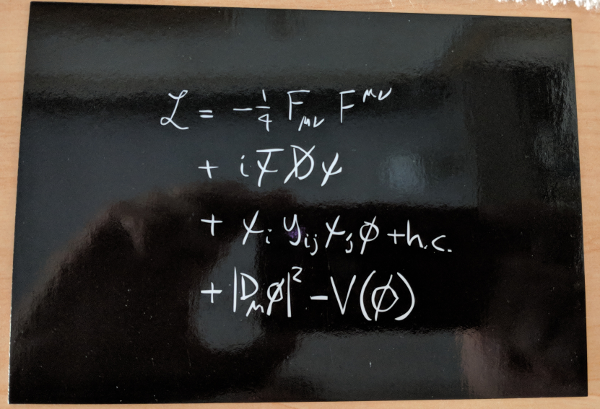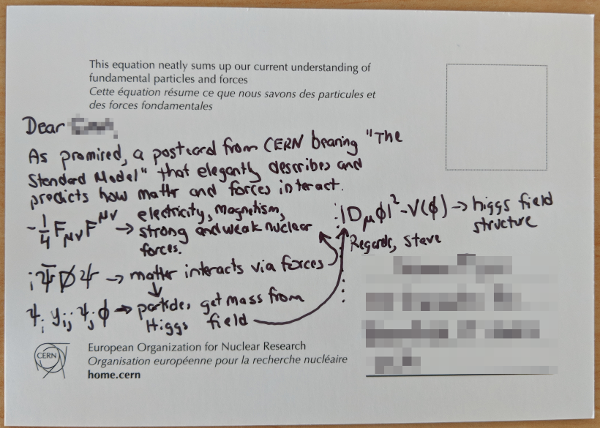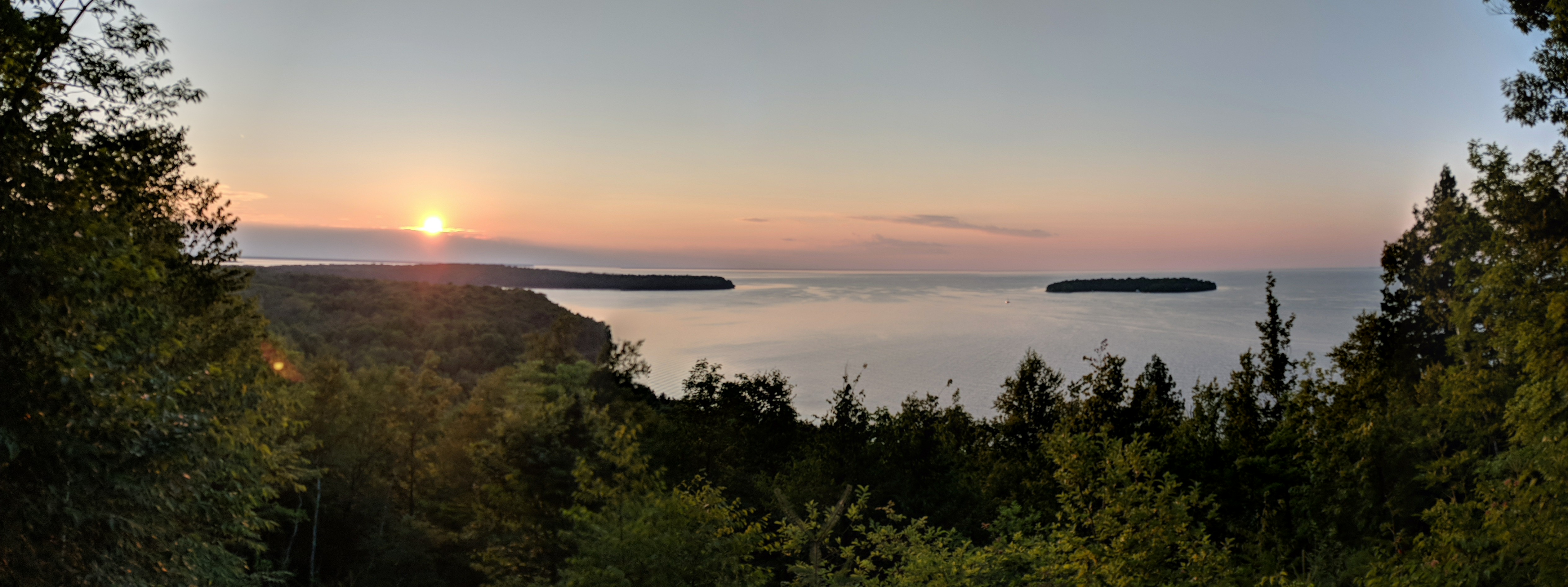
The summer of 2018 was both predictable and unexpected. As I began reflecting on this past summer, now that teaching is nearly upon me again, I came to find numbers that represented its many aspects. I want to share some of those numbers with you, and the meaning behind them.
Let me begin by clarifying something: for a research professor, summer begins the day after spring graduation and it continues until August 1, which marks the tolling of the last bell at midnight. August first is the beginning of the new day, the month that heralds the bright and blinding sunlight of teaching at month’s end. The research activities have ended, and the teaching preparation begins. It’s crucial to steal time for vacation during this period as well, or you’ll go mad.
Author’s Note: I originally wrote this several weeks ago, before the start of classes. As is typical, the end of summer and the beginning of teaching hits like a freight train you never see coming. And though I did see it coming, I somehow still never saw it coming.
72 [Days of Summer]
That’s the number of days from the first day after Spring Commencement to August 1. I would define that as “academic summer.” Those are the number of days in which to pack as much research as you humanly can, while also putting your life back onto something resembling the “regular schedule of research.” For me, that means interweaving home life (such as it is in the summer for two roving research professors) with personal time (exercise, etc.) and work (time with research students, time in meetings, etc.). For 72 days I can largely avoid class prep… or, at least, serious thoughts of class prep. But after that, I can avoid no longer.
It’s not that I don’t love teaching. It’s that I understand and respect that if allowed to take all the space it wants it will get all the space I have. Research is a precious and fragile thing that much be protected at all costs. Without research, there would be nothing new to teach. You cannot have one without the other, but one of these tries at all times to steal away all the time from the other. Like a helicopter parent, I must hover over my research time, protect it from outsiders, and shield it against the endless demands of teaching. If it dies, my reason for teaching (and thus my love of teaching) also dies.
59 [Days Apart from Jodi]
Those were the number of days apart from Jodi this summer. In point of fact, once Jodi moved to Santa Barbara in March to begin her time as a resident expert for the cold dark matter workshop at the Kavli Institute of Theoretical Physics (KITP), we were apart for all but a few weeks between mid-March and August 1. But since I’m just counting summer (as defined above), I’ll spare the more sob version of this story.
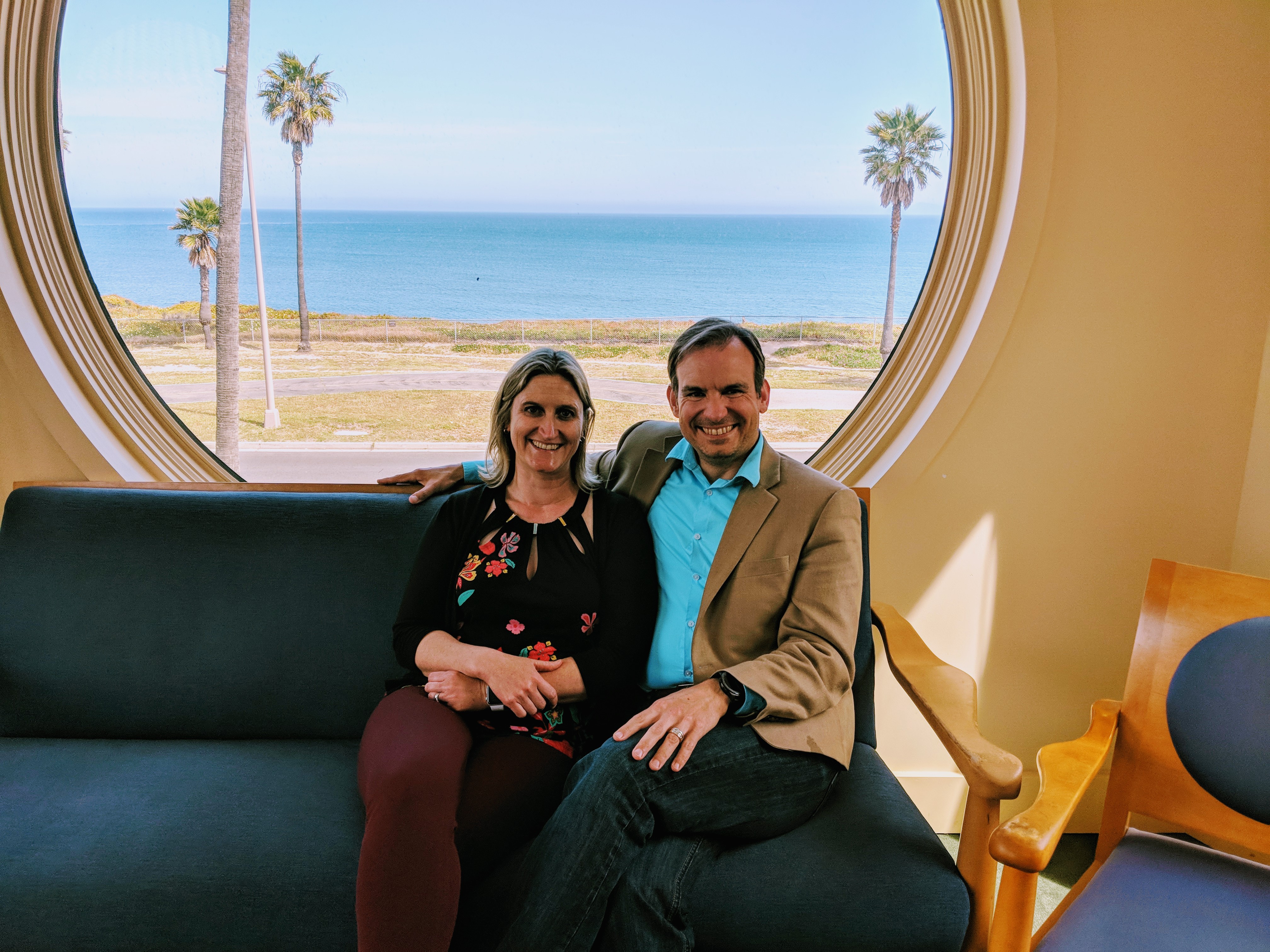
Our geographic separation was really for all the right professional reasons. I had two classes to teach at SMU this past spring; Jodi had a semester off teaching (made up for by teaching two classes in the Fall) so that she could fully participate in the KITP workshop. In addition to getting to work with the brightest minds in her fields, discussing new ideas for experiments, evidence for and against theoretical notions, and a host of other matters, this also looped her back into being interviewed for public radio’s “Science Friday” program.
By the time Jodi landed back in Dallas to return to our “normal life,” I was was gone to see my parents in Connecticut before a 3 week visit to CERN. I returned in July for two weeks, having about 9 days together with her before I returned to CERN for another two-week stint. During my 14 days at home, she had a collaboration meeting for her experiment. That took her to Canada. These are all perfectly normal summer activities for two research physicists in very different sub-fields. Nonetheless, this constant “apartness” wears a couple down.
34 [Days at CERN]
This is the number of days I spent at CERN this summer. It’s about a 9 hour flight to an airport in Europe, followed by a two(-ish) hour connecting flight to Geneva. I mixed it up this summer, going first from JFK airport to Geneva (after visiting my parents in Connecticut) and the second time from Dallas to Geneva. In both cases, I went via London. In both cases, the trips were their usual “long” but thankfully also mostly “uneventful”. As I told anyone who would listen this summer, I’d be very happy if airlines gassed me to knock me out for all of these flights and revived me at my destination. At least, then, I would get some goddamned sleep on these flights.
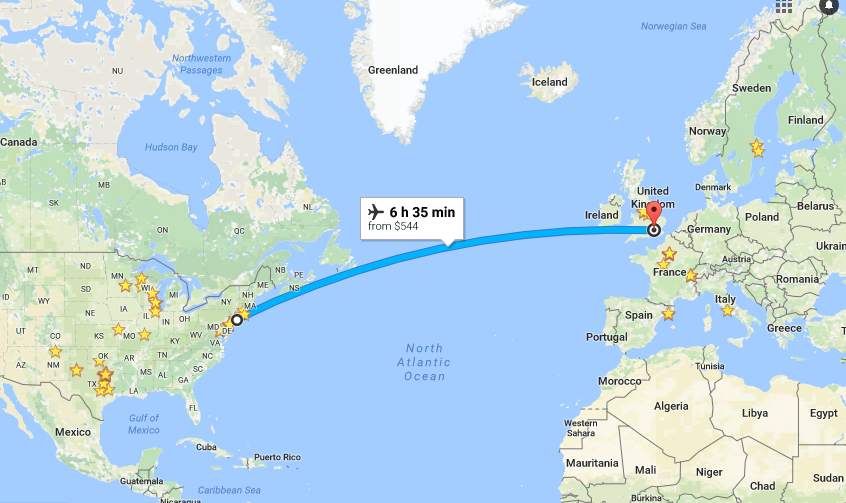
The first block of time at CERN was a carefully planned list of specific activities, many of which were tossed to the side when it was decided to push for a summer result in the big analysis on which we work, the study of the direct interaction of the Higgs particle and the bottom quark. The second block of time at CERN was also carefully planned, a “cleanup operation” after the first block to sweep up projects that fell to the side. It was also completely shaken up by the need to complete a highly time-sensitive task in the realm of the ATLAS trigger system. We did it, but by the time I returned home I was way behind on a bunch of other stuff that also needed my attention.
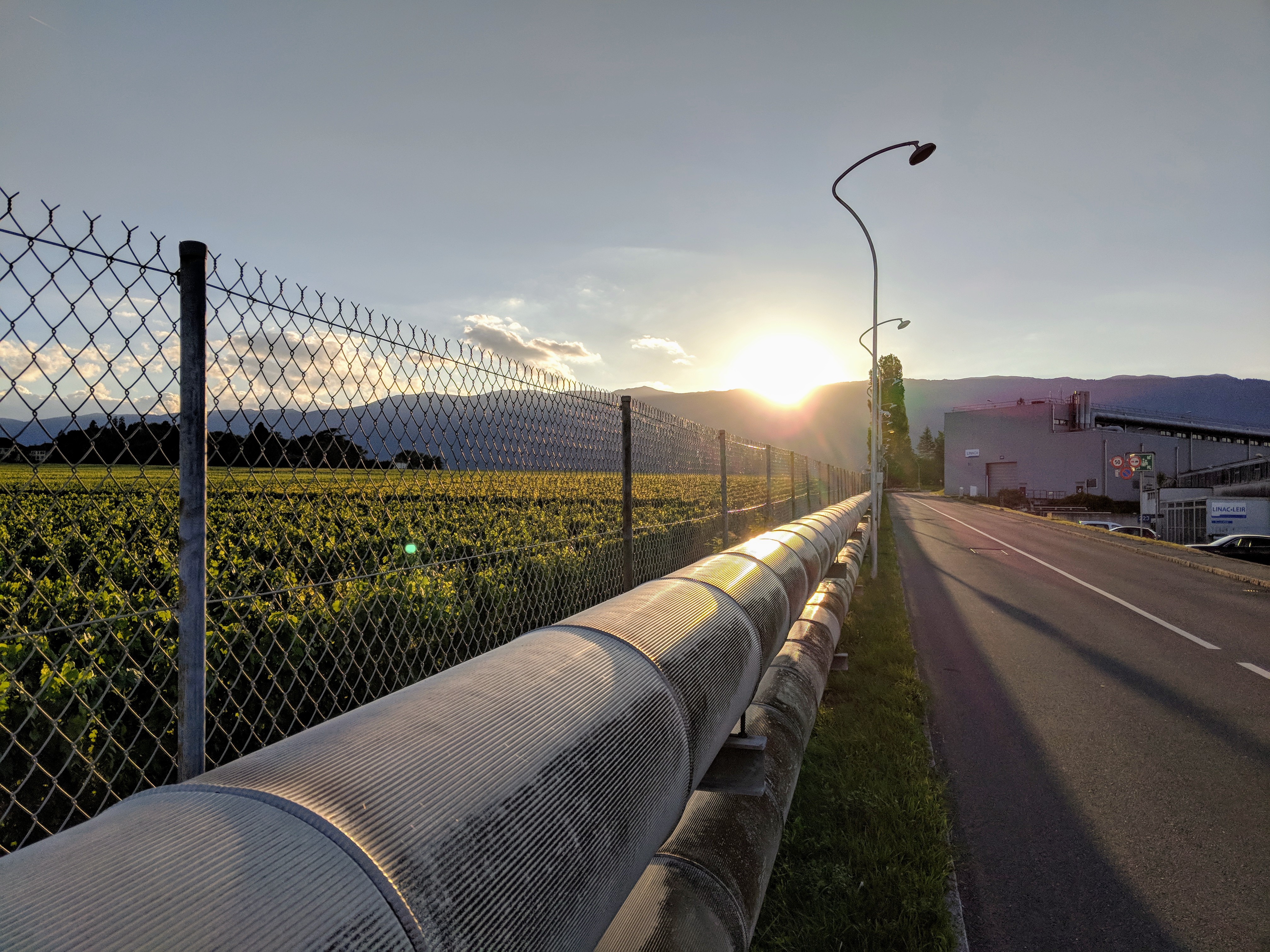
Still, 34 days at CERN made for some amazing accomplishments and memories for this summer, and really for this entire year. My graduate students are both in excellent positions to launch the final stages of their Ph.D. work. My most recent post-doc is moving forward into a data science position in industry, and I’m in the process of hiring another scientist to work with me on Higgs physics and to collaborate with and supervise the students. And, to boot, my summer research undergraduate made some amazing progress in learning to simulate the behaviors of gluons, behaviors we’ll need for the project that is the basis of her senior thesis work.
14 [Pounds I won’t miss]
This is the number of pounds I lost this summer thanks to a renewed focus on foods and exercise. I made a regular habit (4-5 days each week) of exercising for at least 30 minutes with aerobic impact (getting my heart rate high and keeping it there). I gently extended my runs (running was my primary exercise) over a period of months, until recently I could comfortably achieve 5-6 mile runs at a single shot. At my peak, over a year ago, I could run between 10-11 miles… but this was also a time when I was not stretching enough or recovering enough between long runs, and I injured my hip, hamstring, and later my right foot. It took about a year to recover from all of that, setting me back quite a bit.

However, once I recommitted this summer I made good progress toward my long-term goal of (1) sustained exercise, (2) a normal and balanced diet with emphasis on fruits and vegetables, and (3) a goal-weight of 175lbs. That final goal, which is really just a number to shoot for, has been my goal since 2012 when I made my first sustained attempt to alter my lifestyle. Since then. I’ve knocked off 5-15 lbs per year, depending on the year. This summer began with me around 202 lbs, up from my low of about 190 lbs over a year ago. Now I am sitting at 188 lbs. The most important thing I that I have endurance and clarity as a result of the balanced portfolio of work, exercise, and diet.
2 [Discoveries]
This is the number of discoveries that resulted from projects I’m involved in this summer. It’s pretty hard for a physicist on a large experiment to take sole credit for anything, and I don’t deserve sole credit for these even in my wildest dreams. But to be part of two major discoveries in one summer was a hallmark of a pretty damned good summer.
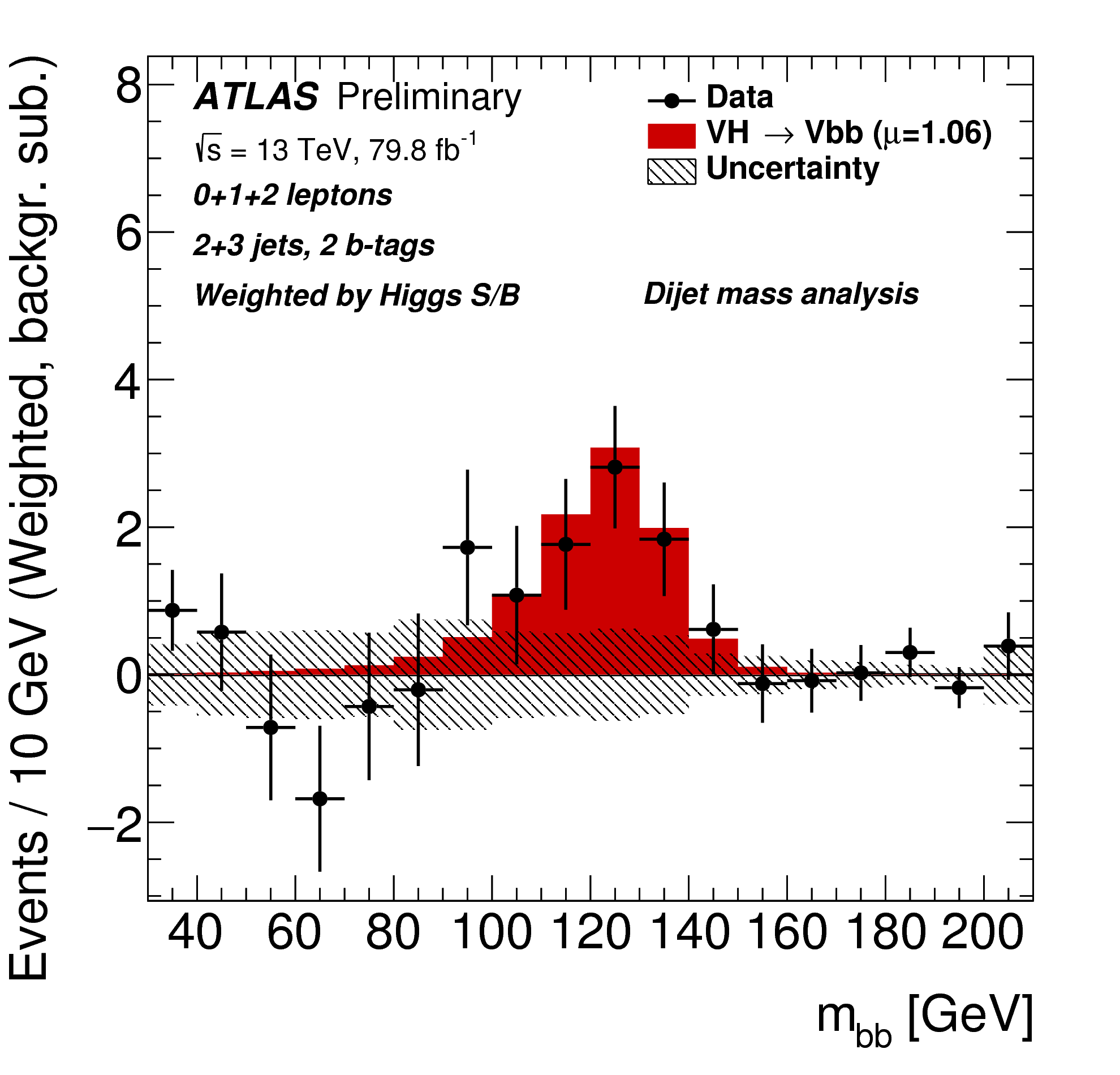
The first I’ve written about here before, because it’s the easier-to-care-about one: the direct observation of the Higgs particle and the Bottom quark (the second-heaviest quark) interacting with each other. This could not be observed during the first run of the LHC; despite the fact that this is the strongest and most prevalent interaction of the Higgs particle with a building block of nature (at least, in a direct sense), seeing this behavior required much more data and a vastly sharper “lens” than we had available in Run 1. By Run 2, we had honed our ability to understand and fight background processes that obscure the signal; we had improved our ability to sharpen the reconstructed properties of the Higgs boson, making them easier to see even on top of a noisy pile of confounding data; we performed vastly more simulation of the worst backgrounds, those most likely to “fake” the signature of this process and confuse our observations; we combined our work with independent searches for the same process from within the ATLAS experiment, effectively multiplying the data by a little to boost the signal. All of this together pushed us over the threshold for observation. It was a wondrous thing to see in the data.
The second discovery was a bit more esoteric, but no less important. In combining our measurements with other independent measurements from within the ATLAS experiment, we also discovered definitively a specific means of production of the Higgs particle.
Prior to this, the most prevalent means of production, dubbed “Gluon Fusion,” had already been observed in the first run of the LHC. Given the fact that we smash protons into protons, and at these energies protons are mostly sticky bags of gluons, it’s no surprise that this is the first means by which we saw Higgs particles definitively produced.
The second means of production, surmised before the start of the LHC and evidenced in Run 1 (with definitive observation in Run 2) was “Vector Boson Fusion,” the analog of gluon fusion except this time it’s the exchange of massive “vector bosons” by quarks inside the proton that results in the production of a Higgs particle.
The fourth-largest means of production was observed earlier this year when the direct interaction of Higgs particles and top quarks was seen first by the CMS Experiment, and then by ATLAS. How did we skip to fourth? Well, while the Higgs and bottom quark interaction results in the most frequent decay of the Higgs particle, the bare coupling of the Higgs and the top quark (the largest such bare coupling in the Standard Model), combined with the unique signature of top quarks, a bit harder to miss than the Higgs and bottom quark interaction. This production mechanism is known as “Top Quark-Associated Production.”
As part of the Higgs and bottom quark observation, we also observed the third-largest production mechanism: “Vector Boson-Associated Production,” also known as “Higgsstrahlung.” What does this mean? It’s a production mechanism by which one first makes a vector boson, such as W or Z. That’s relatively copious at the LHC. It’s what happens next that is more rare. Not quite at the right mass-energy, the vector boson radiates a particle and “drops down” to its happiest mass-energy state. In this case, what is radiated is a whopping great Higgs particle. Thus the name “Vector Boson-Associated Production” of the Higgs particle. Why “Higgsstrahlung?” Well, “Bremsstrahlung” – the root word for this nomenclature – is German for “Braking Radiation.” It’s the radiation (light) emitted by charged particles (especially electrons) when they are forced to alter their flight trajectories, like brake lights flashing on when a car has to hit the brakes and swerve to avoid a collision. “Higgstrahlung” is an honorary name for the process of a vector boson (a cousin of the photon of light) radiating a Higgs particle.
3 [Major things I actually did myself this summer]
“What is it you say you do here?”
Bob Slydell to Tom Smykowski, “Office Space” (1999)
What do faculty do? It’s an often repeated question, whispered behind the back of faculty by students, undergraduate and graduate alike. Do faculty just sit in their offices all day, waiting for students to walk in and interrupt their train of thought with a question? Do faculty spend most of their time writing grant proposals, failing to get grants, and complaining about grant proposals? Are they faking it? I bet they’re faking it.
Here’s what I did this summer, to justify my existence as a scientist, that didn’t involve telling other people what to do:
- I took over as developer and maintainer of StudyTrigTracks, a software framework for performing simulation- and data-based studies of bottom-quark-initiated jet triggers. I immediately fixed some redundancy in the code and made it a but more stumble-proof than it had been. I should know. I am very good at stumbling. Mostly I have to protect myself from me.
- Using StudyTrigTracks, I reproduced an analysis originally developed in 2017 to assess the performance, in data, of bottom-quark-initiated jet triggers. This resulted in a new assessment of the performance of the same triggers in 2018 data, using about 16/fb of data. This, in turn, resulted in a public plot for all ATLAS physicists (and anyone else) to use in presentations and posters. This is the first time I have personally generated such a public plot to stand alone on its own.
From this and the 2017 figure, I made (privately) the morphing animation below (my own creation, not officially from ATLAS). Note the stability of the algorithms. - I rewrote a bunch of code for a paper I am co-authoring with a former student, now a Ph.D. student at Stanford. She and I never had a chance to finish this paper 2 years ago, but we have the chance now. This involved adding a bunch of new inputs to the code, verifying the original code (written by my colleague), and generating updated figures for our paper using some new tools: MatPlotLib, Pandas, Seaborn, and SciPy. I had a LOT of fun working on this. We expect to wrap this paper up in the next couple of months.
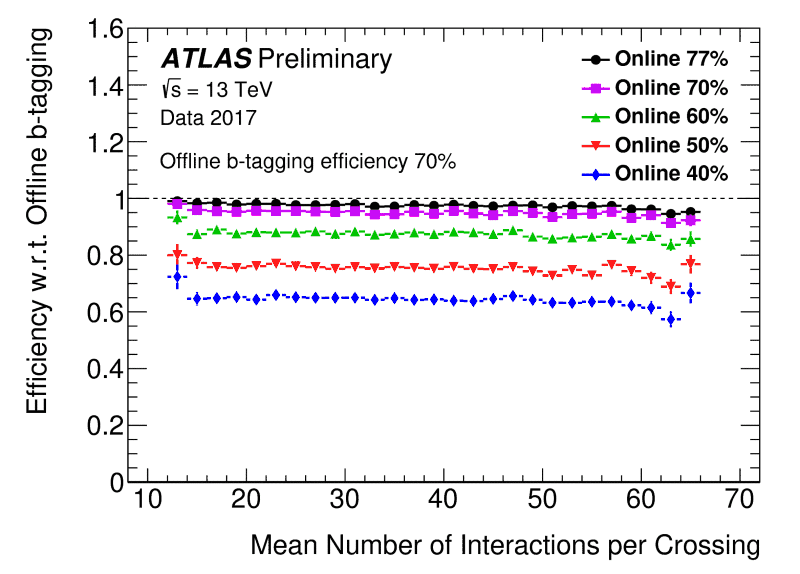
Unknown [Number of Lines of Code Written this Summer]
If progress in software-based physics can be proxied by the number of lines of code you write in one block of time, then let’s just go with “innumerable”. I mean, I could use git to count the lines of code contributed across the half-dozen packages I worked on this summer. But… no. It’s the end of summer. I need a break.
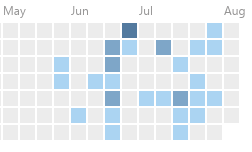
10 [Postcards sent from CERN]
This is the number of postcards I sent from CERN this summer. 8 of these were for my four nieces and nephews (2 for each of them the two separate blocks of time I was at CERN this summer). One was for one of my sisters-in-law, and one was for a person I went to school with when I was young.
The latter is perhaps the most interesting. He was interested in the mathematics and the equations that we use to describe the universe. I sent him a “Standard Model” postcard from CERN, pictured below with my notes summarizing each piece of the equation. Of course, this is a very compact and simplified version of the Standard Model. Nonetheless, it captures the essential ingredients, even if it lacks serious detail.
